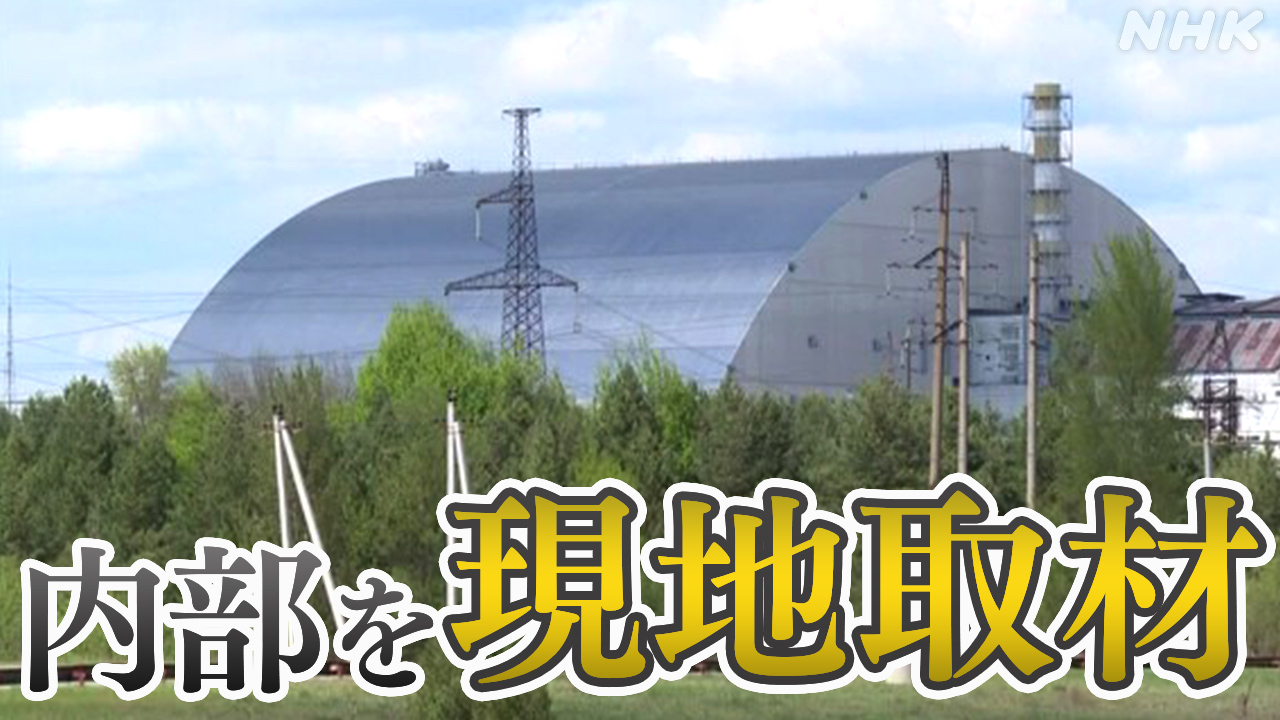Assessing Chernobyl's Shelter After Russian Attack: A Comprehensive Overview
The invasion of Ukraine by Russia in February 2022 brought with it a renewed focus on the Chernobyl Exclusion Zone, the site of the catastrophic 1986 nuclear disaster. The occupation of the Chernobyl Nuclear Power Plant and surrounding area by Russian forces raised significant concerns about the safety and integrity of the New Safe Confinement (NSC), the massive shelter built to contain the remnants of the destroyed reactor. This article delves into the aftermath of the occupation, examining the potential impact on the NSC and the broader environmental consequences.
The Impact of the Russian Occupation
The Russian occupation of Chernobyl lasted for several weeks, during which time Ukrainian personnel remained at the plant to ensure the continued safe operation of the spent nuclear fuel storage facility and the overall integrity of the site. However, the disruption to normal operations and the presence of military personnel understandably raised concerns about potential damage to the NSC and the wider exclusion zone.
Concerns and Reported Damage
Reports emerging from the occupation period indicated potential damage to the infrastructure within the Chernobyl Exclusion Zone, including the NSC. While the extent of the damage remains under assessment, some reports suggested:
- Disrupted power supply: The temporary loss of power to the NSC monitoring systems raised concerns about the potential for undetected issues within the structure.
- Increased radiation levels: Although not directly linked to the NSC, there were reports of elevated radiation levels in certain areas due to military vehicle movements disturbing contaminated soil.
- Compromised monitoring systems: The disruption of regular monitoring activities hampered the ability to fully assess the ongoing structural integrity of the NSC and the overall environmental conditions.
Post-Occupation Assessments and Ongoing Monitoring
Following the withdrawal of Russian forces, international organizations and Ukrainian authorities launched extensive assessments of the damage to the Chernobyl Exclusion Zone and the NSC. These efforts are crucial to understanding the long-term implications of the occupation.
The Importance of Continuous Monitoring
The Chernobyl Exclusion Zone requires constant monitoring due to the ongoing radioactive decay and potential for environmental changes. The disruption caused by the war underscores the vital need for robust and continuous monitoring systems, resistant to external interference.
International Collaboration and Support
International cooperation is crucial in the ongoing assessment and remediation efforts. Organizations such as the IAEA (International Atomic Energy Agency) are providing technical assistance and support to Ukraine in evaluating the long-term consequences of the conflict on the Chernobyl site.
Long-Term Implications and Future Considerations
The Russian occupation of Chernobyl highlights the vulnerability of nuclear facilities during times of armed conflict and the potential for significant environmental consequences. This raises critical questions about the future protection and security of nuclear sites globally.
Enhanced Security Measures
The incident underscores the necessity of strengthening security protocols at nuclear power plants and waste storage facilities worldwide. This includes upgrading physical security measures and developing robust emergency response plans.
International Cooperation for Nuclear Safety
The international community must prioritize collaboration to enhance nuclear safety and security standards. This includes sharing best practices, conducting joint exercises, and providing technical assistance to countries with older or less secure nuclear facilities.
Conclusion: A Wake-Up Call for Nuclear Security
The Russian occupation of Chernobyl served as a stark reminder of the potential risks associated with nuclear facilities during times of conflict. The thorough assessment of the NSC and the wider exclusion zone is critical not only for understanding the immediate impact but also for informing future security measures and ensuring the long-term safety of nuclear sites globally. The international community must work together to prevent similar incidents from occurring in the future. Further updates and detailed reports will undoubtedly emerge as investigations continue. Stay informed by following reputable news sources and official statements from organizations like the IAEA.
